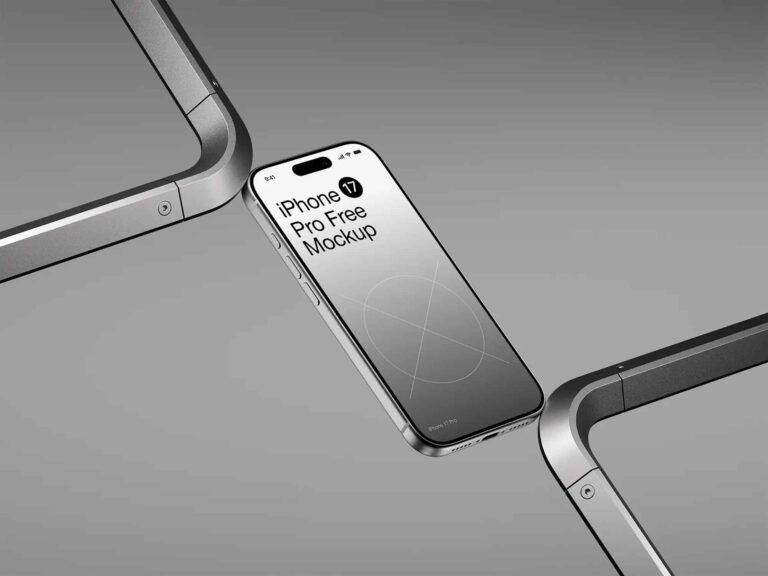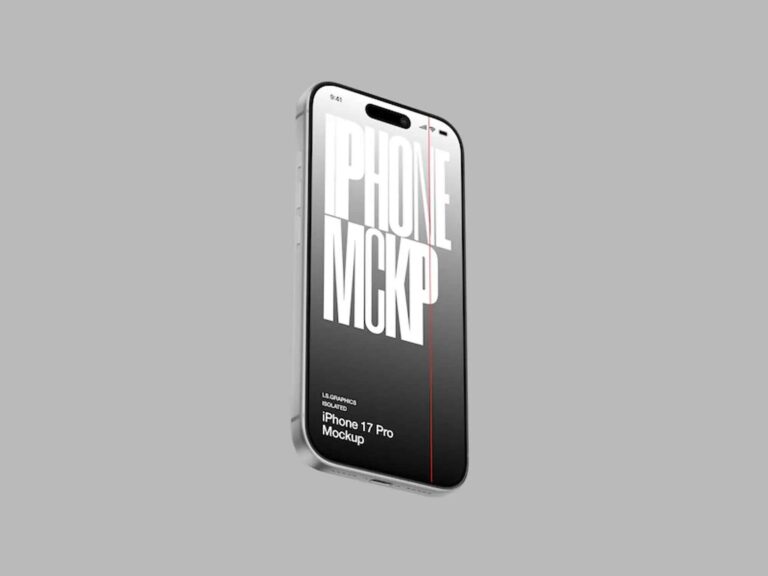Motion graphics design is a rapidly growing field that combines visual artistry with technical skills to create engaging, dynamic content for a variety of media platforms. From advertising to entertainment, motion graphics are everywhere, making it a lucrative and in-demand career choice. In this 7-day guide, I will provide you with a step-by-step plan to help you develop the essential skills and knowledge required to become a motion graphics designer. Whether you’re a complete beginner or an experienced artist looking to expand your skill set, this guide will provide you with the tools and resources you need to succeed. So, let’s get started!
Table of Contents
Day 1: Understanding the Basics of Motion Graphics
To understand the basics of motion graphics, it’s important to start by defining what motion graphics are. In simple terms, motion graphics refer to digital animations that combine graphics, text, and other design elements to create visual content for various media platforms. Motion graphics are used in a wide range of contexts, from advertising and marketing to film and television production, and social media.
To create effective and engaging motion graphics, it’s important to understand the key principles of motion graphics design. These principles include things like timing, spacing, composition, and use of color, among others. For example, timing refers to the speed and duration of each element in a motion graphic, while spacing refers to the distance between different elements in the animation. Composition refers to the arrangement of different elements within the frame, and the use of color can help to convey emotion and meaning.
To create motion graphics, designers use a range of tools and software programs. Some of the most commonly used software programs for motion graphics include Adobe After Effects, Cinema 4D, and Autodesk Maya, among others.
Finally, to get started with motion graphics, it’s important to have a good understanding of the terminology and concepts used in the field. For example, keyframes are used to mark the beginning and end of an animation, and animation curves are used to control the speed and trajectory of an animation.
Overall, understanding the basics of motion graphics is essential for anyone looking to pursue a career in this field. It lays the groundwork for more advanced concepts and techniques that you will learn in the following days of this 7-day guide.
Day 2: Essential Tools and Software for Motion Graphics Design
To create motion graphics, you will need to use a range of tools and software programs. On day 2 of our 7-day guide, we will explore the essential tools and software for motion graphics design.
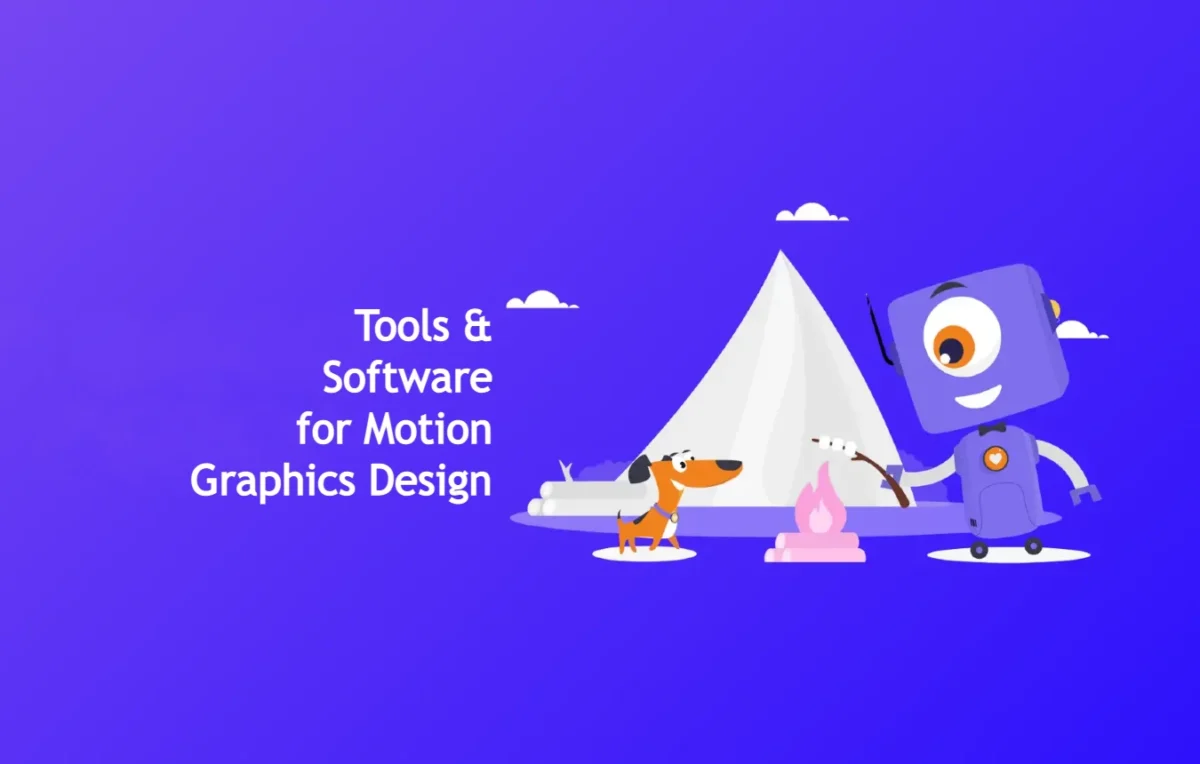
First and foremost, you will need a powerful computer with a high-performance graphics card and plenty of storage space to run the software needed for motion graphics design. This can be either a desktop or laptop computer depending on your preference.
Next, you will need to have a good understanding of the software tools used in motion graphics design. Some of the most commonly used software programs for motion graphics include:
Adobe After Effects: This is a powerful and versatile tool for creating 2D and 3D animations, compositing, and visual effects.
Cinema 4D: This software is used to create 3D graphics and animation, and it’s widely used in the film and television industry.
Autodesk Maya: This is another powerful 3D animation and modeling software used in the film, television, and video game industries.
Adobe Illustrator: This is a vector graphics software that is often used for designing and animating graphics and logos in motion graphics.
Adobe Photoshop: This software is used for creating and editing images, which are often used in motion graphics.
In addition to these software tools, these designers may also use a range of plugins and add-ons to enhance their work, such as Element 3D, Trapcode Suite, and Video Copilot Optical Flares.
Finally, it’s important to have a good understanding of the hardware and equipment needed for motion graphics design. This includes items like graphics tablets, drawing monitors, and controllers that can help to make the design process more efficient and precise.
By the end of day 2, you should have a good understanding of the essential tools and software needed for motion graphics design, which will set you up for the more advanced concepts and techniques that you will learn in the following days of this guide.
Day 3: Mastering Animation Principles and Techniques
On day 3 of our 7-day guide, we will delve into the topic of animation principles and techniques in motion graphics design. This is a crucial area of study for anyone looking to create engaging and effective motion graphics.

Animation principles refer to a set of guidelines that help these designers create realistic and engaging animations. These principles include things like timing, spacing, and anticipation, among others. Timing refers to the speed and duration of each animation element, while spacing refers to the distance between different elements in the animation. Anticipation refers to the motion that occurs before a major action, to build tension and create a sense of movement.
In addition to animation principles, there are a range of animation techniques that can be used in motion graphics design. These techniques include things like keyframe animation, motion paths, and camera animation, among others. Keyframe animation involves setting keyframes at different points in an animation to control the movement and timing of different elements. Motion paths involve creating a path for an object to follow, while camera animation involves animating the camera itself to create different perspectives and views.
In addition to these techniques, there are many other advanced animation techniques that motion graphics designers can use to create complex and engaging animations. These may include things like particle animation, rigging and skinning, and motion graphics typography.
To master animation principles and techniques in motion graphics, it’s important to practice regularly and experiment with different approaches and styles. There are many resources available online, including tutorials, online courses, and forums where you can learn from other designers and get feedback on your work.
By the end of day 3, you should have a good understanding of the animation principles and techniques used in motion graphics design, which will set you up for the more advanced concepts and techniques that you will learn in the following days of this guide.
Day 4: Designing Effective Storyboards and Concept Art
On day 4 of our 7-day guide, we will explore the topic of storyboarding and concept art in motion graphics design. This is an important area of study for anyone looking to create compelling and effective motion graphics that tell a story.
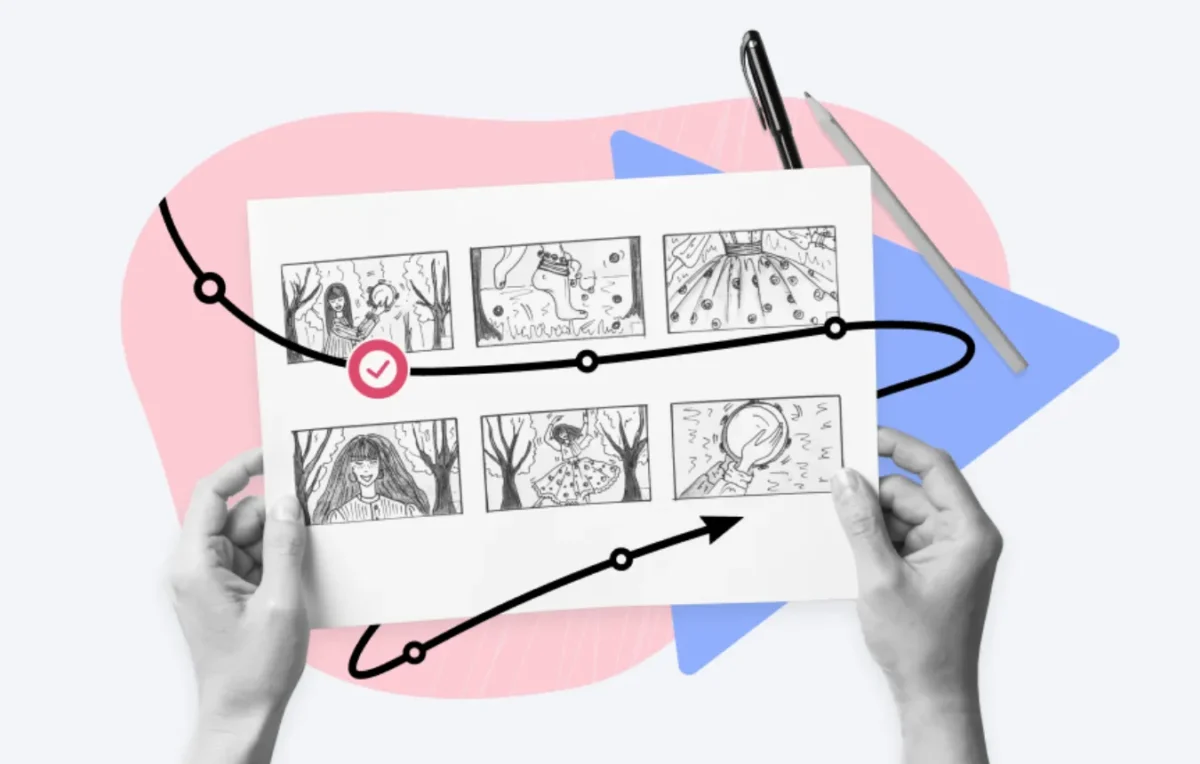
Storyboarding is the process of visualizing a story or idea through a sequence of drawings or images. It’s an essential part of the motion graphics design process because it allows designers to plan out the structure, pacing, and content of a project before beginning the animation process.
To create effective storyboards, designers must have a good understanding of storytelling principles, as well as strong drawing and visualization skills. They must be able to create clear and concise drawings that convey the key elements of a story, including the characters, setting, and plot.
Concept art, on the other hand, refers to the process of creating visual representations of ideas or concepts for a motion graphics project. It’s often used to explore different design options and to generate ideas and inspiration for a project.
To create effective concept art, these designers must be skilled in drawing and illustration, as well as have a good understanding of design principles and aesthetics. They must be able to create visual representations that communicate the key themes and ideas of a project, while also exploring different design options and approaches.
By mastering the skills of storyboarding and concept art in motion graphics design, designers can create more effective and engaging motion graphics that tell a compelling story and communicate a clear message.
There are many resources available online, including tutorials, courses, and forums, where you can learn the principles and techniques of storyboarding and concept art in motion graphics design. By the end of day 4, you should have a good understanding of these concepts, which will set you up for the more advanced concepts and techniques that you will learn in the following days of this guide.
Day 5: Exploring Typography and Color Theory in Motion Graphics
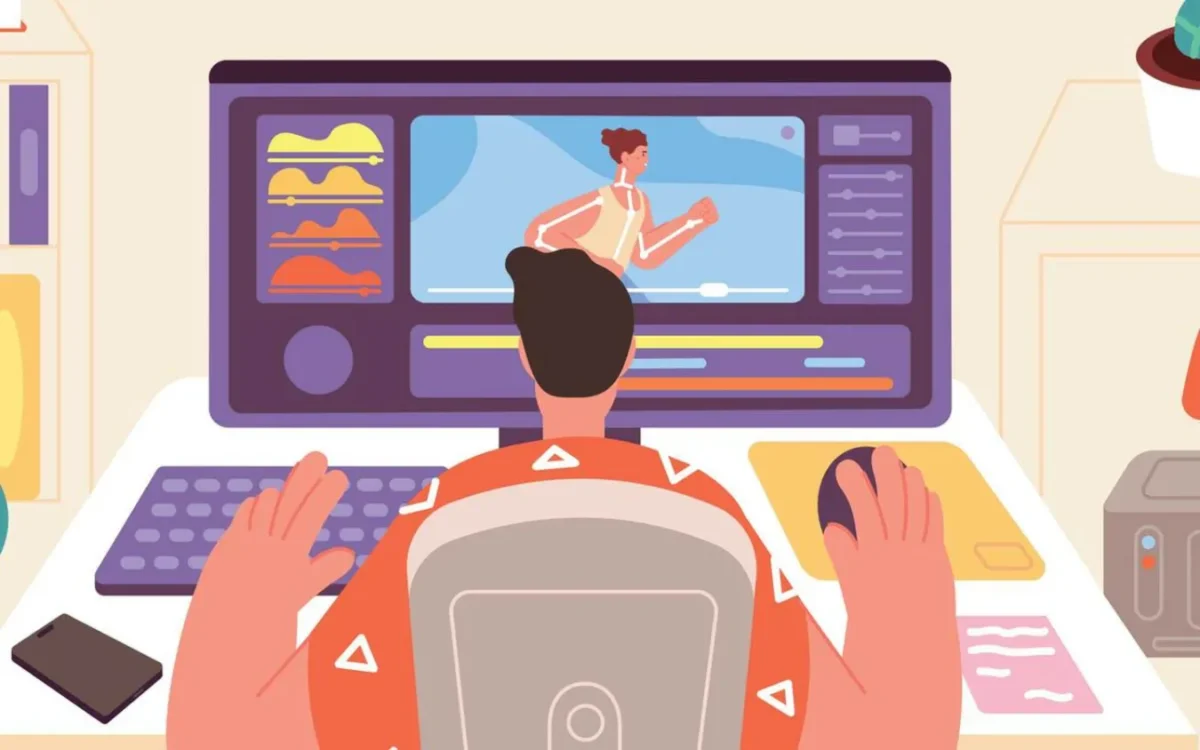
On day 5 of our 7-day guide, we will explore the topic of typography and color theory in motion graphics design. Typography and color are two of the most important elements in design, and they play a crucial role in creating effective and engaging motion graphics.
Typography refers to the style and arrangement of text in a design. In motion graphics, typography is used to create titles, captions, and other types of text-based content. Good typography can help to convey a message, create a mood, and establish a brand identity.
To explore typography in motion graphics, it’s important to have a good understanding of typography principles, such as font choice, hierarchy, and legibility. Designers must also be able to use typography creatively, by experimenting with different typefaces, colors, and layouts, to create unique and visually appealing designs.
Color theory, on the other hand, refers to the study of color and its use in design. Colors can convey emotions, create a mood, and establish a brand identity. In motion graphics, color is used to create visual interest and to help convey a message.
To explore color theory in motion graphics, designers must have a good understanding of color principles, such as color harmony, contrast, and saturation. They must also be able to use color creatively, by experimenting with different color combinations and palettes, to create unique and visually appealing designs.
By mastering typography and color theory in motion graphics design, designers can create more effective and engaging motion graphics that convey a clear message and establish a strong brand identity.
There are many resources available online, including tutorials, courses, and forums, where you can learn the principles and techniques of typography and color theory in motion graphics design. By the end of day 5, you should have a good understanding of these concepts, which will set you up for the more advanced concepts and techniques that you will learn in the following days of this guide.
Day 6: Adding Sound and Music to Motion Graphics
On day 6 of our 7-day guide, we will explore the topic of sound and music in motion graphics design. Sound and music are important elements in creating a fully immersive and engaging motion graphics project. By adding sound and music to your motion graphics, you can enhance the emotional impact of your design and create a more memorable and impactful experience for your viewers.
Sound design involves the creation and manipulation of sound effects, ambient noise, and other audio elements that are used to enhance the visual content of your motion graphics. By carefully selecting and editing sound effects, you can create a more immersive and engaging experience for your viewers. Sound design can also help to create a sense of space and atmosphere, which can be used to support the visual storytelling of your project.
Music, on the other hand, is used to create an emotional response in the viewer. By selecting appropriate music that matches the mood and tone of your project, you can create a more impactful and memorable experience. Music can also be used to create a sense of pacing and rhythm in your motion graphics, which can help to guide the viewer through the story and create a more cohesive and compelling narrative.
To add sound and music to your motion graphics, you will need to have a good understanding of sound editing software, as well as a good ear for music and sound design. There are many resources available online, including tutorials and courses, where you can learn the principles and techniques of sound and music design in motion graphics.
By mastering the skills of sound and music design in motion graphics, you can create more immersive and engaging experiences for your viewers, and take your motion graphics projects to the next level.
Day 7: Creating a Stunning Portfolio and Finding Work
On day 7 of our 7-day guide, we will explore the topic of creating a stunning portfolio and finding work as a motion graphics designer. Once you have developed the necessary skills and knowledge in motion graphics design, it’s important to showcase your work in a compelling and professional portfolio.
Your portfolio should showcase your best work and highlight your unique style and strengths as a designer. It should include a variety of projects that demonstrate your ability to work with different styles and techniques, as well as your ability to convey a message and tell a story through motion graphics.
To create a stunning portfolio, you can use online portfolio platforms such as Behance, Dribbble, or Vimeo. These platforms allow you to showcase your work in a professional and visually appealing way, and can help you reach potential clients and employers.
| Platform | Purpose | Benefits |
|---|---|---|
| Behance | Online portfolio | Professional, visually appealing showcase |
| Dribbble | Online portfolio | Professional, visually appealing showcase |
| Vimeo | Online portfolio | Professional, visually appealing showcase, ability to showcase videos |
| Social portfolio | Social but very engaging platform to showcase your portfolio |
When looking for work as a motion graphics designer, it’s important to be proactive and network with other professionals in the industry. Attend industry events, join online forums and groups, and reach out to other motion graphics designers and professionals in related fields. You can also search for job postings on online job boards such as Indeed, Glassdoor, or LinkedIn.
When applying for jobs, make sure to tailor your portfolio and application to the specific job you are applying for. Highlight your relevant skills and experience, and show how your previous work aligns with the requirements of the job.
By following these tips, you can create a stunning portfolio and increase your chances of finding work as a motion graphics designer. Remember that it takes time and dedication to build a successful career in motion graphics design, but with the right skills, knowledge, and attitude, you can achieve your goals and create impactful and engaging motion graphics projects.
Bonus Tips and Resources for Aspiring Motion Graphics Designers
As a bonus on our 7-day guide on becoming a motion graphics designer, we would like to provide some additional tips and resources that aspiring motion graphics designers may find useful:
Practice a lot:
The more you practice, the better you will become. Take on personal projects and experiment with different techniques and styles.
Learn from others:
Study the work of other motion graphics designers and take inspiration from their techniques and styles.
Stay up-to-date with the latest trends and techniques:
The motion graphics industry is constantly evolving, so it’s important to stay up-to-date with the latest trends and techniques. Follow industry leaders on social media and attend industry events.
Get feedback on your work:
Share your work with other designers and ask for feedback. This will help you identify areas for improvement and refine your skills.
Build a strong brand:
Develop a personal brand that reflects your unique style and personality as a designer. This will help you stand out from other designers and make a lasting impression on potential clients and employers.
Take advantage of online resources:
There are many online resources available for aspiring motion graphics designers, including tutorials, courses, and forums. Take advantage of these resources to learn new skills and connect with other designers.
Stay organized:
Keep track of your projects, deadlines, and client information in a way that works for you. This will help you stay on top of your workload and deliver projects on time.
By following these tips and utilizing these resources, you can further develop your skills as a motion graphics designer and build a successful career in this exciting and rewarding field.
Conclusion:
Congratulations! You have completed our 7-day guide on how to become a motion graphics designer. By following the steps outlined in this guide, you should have a solid understanding of the basics of motion graphics, essential tools and software, animation principles and techniques, storyboarding and concept art, typography and color theory, and sound and music design. You should also have a strong portfolio and a network of contacts in the motion graphics industry.
Remember that becoming a motion graphics designer takes time, dedication, and hard work. It’s important to continue practicing, learning, and networking to refine your skills and build a successful career. Don’t be afraid to take on new challenges and experiment with different techniques and styles.
With the right skills, knowledge, and attitude, you can become a highly sought-after motion graphics designer, creating impactful and engaging visual content for a wide range of clients and audiences. We hope this guide has provided you with the foundation you need to pursue your passion for motion graphics design and achieve your goals. Good luck on your journey!

